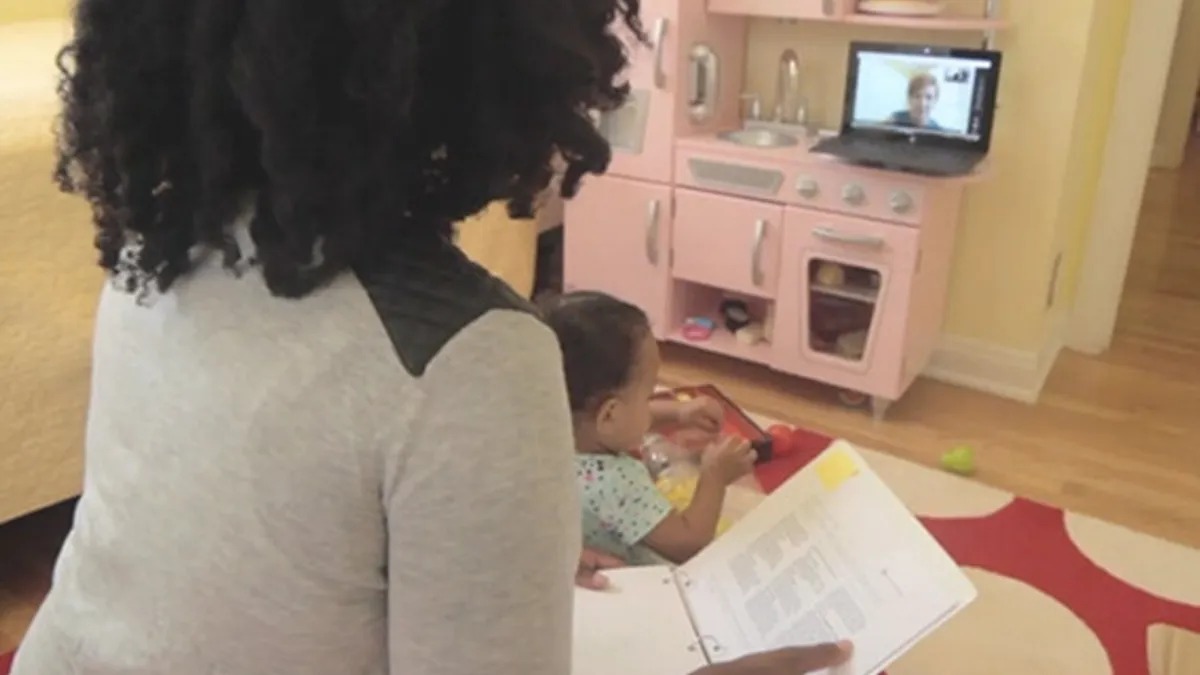Dive Brief:
-
Traditional professional development options for educators often fail to meet their diverse needs: Nonprofit TNTP estimates districts spend $18,000 per teacher per year on PD, yet only 29% of teachers are happy with their options, Kareem Farrah and Robert Barnett, a pair of educators who co-founded the nonprofit Modern Classroom Project to offer training and support to educators redesigning their classrooms, write for Edutopia.
-
To make the most of teachers’ time, educators should be allowed to choose what they consider to be the most relevant options to them and given time to implement their new skills into lessons. That means weighing cuts to the amount of time they spend doing other tasks, such as meetings.
-
In exchange for more PD choices and additional time to implement new skills, administrators can expect teachers to come back with something that demonstrates their new knowledge, such as a presentation, which also gives educators the opportunity to share what they’ve learned with their peers.
Dive Insight:
The highest-quality professional development programs focus on four common features — content, support for collaboration, time for feedback and reflection and personalized coaching and support — according to a Council of the Great City Schools report. On the other hand, educator focus groups say PD programs miss the mark when they lack differentiation, deep content focus, effective coaching support and course offering alignments.
Virtual PD options offer flexibility, but designers of these programs shouldn’t attempt to make them the same as in-person versions. When designing virtual options, experts suggest focusing on the desired outcome and what the educators hope to get out of the sessions, as well as clearly defining the role of both the facilitator and the participants.
It's also recommended that breakout rooms be optional for virtual sessions, as they can create awkward situations for some participants. Attendees should be encouraged to communicate via chat functions. They also need several five-minute breaks throughout the day. Personal touches, such as hearing songs they selected play during the transition periods, are also often appreciated by attendees.
In Maine Township High School District 207, Superintendent Ken Wallace prioritized coaching in PD. That approach, he told K-12 Dive earlier this year, increases PD implementation rates to as much as 80% to 90%. Previously, implementation rates were around just 10% to 20%. Prior to implementing coaching, the district delivered PD through the traditional means of holding a workshop, discussing the topic and spending a little time practicing it.












